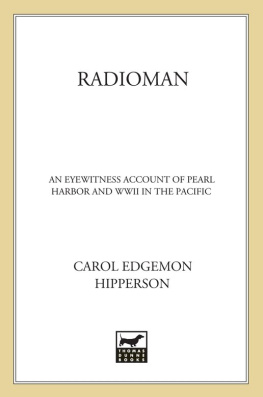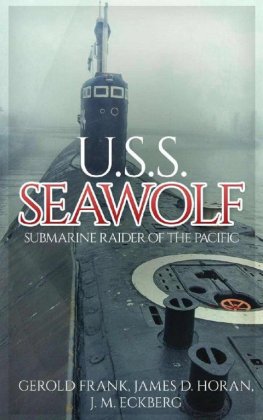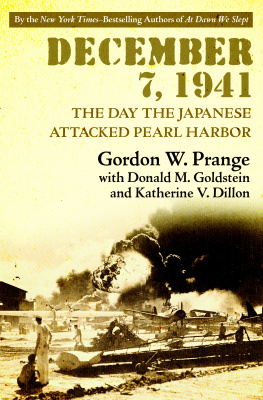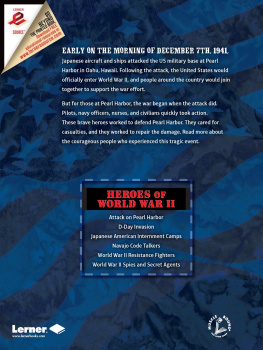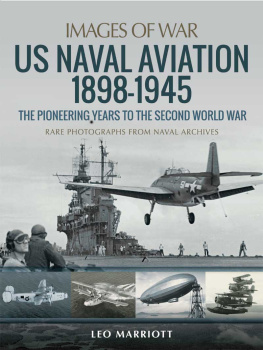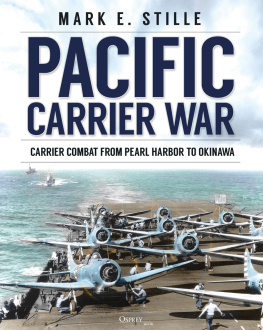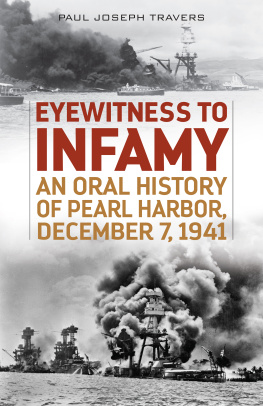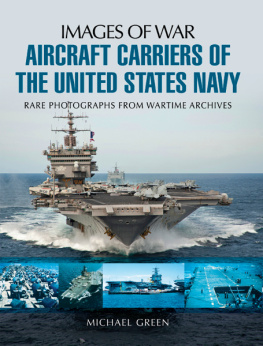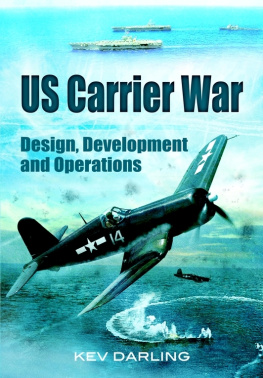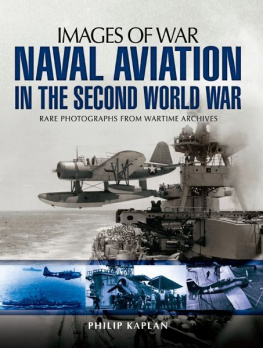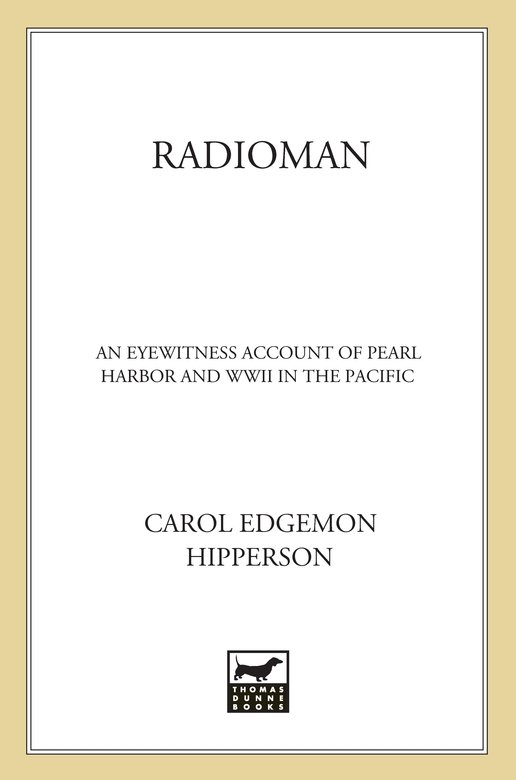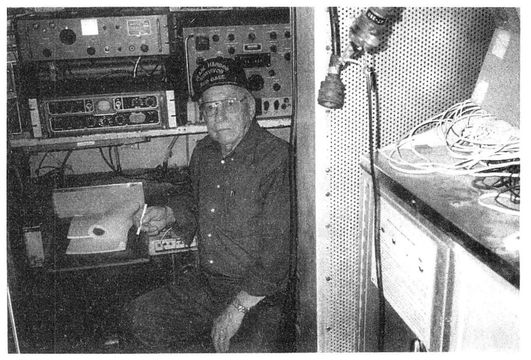Among the many professionals and organizations who assisted with the historical research that was required to verify and clarify an American combat veterans memories of the war years, 19361945, the following were especially generous with their time and expertise: Jack A. Green, Public Affairs Officer, The Naval Historical Center; Robert Clark, Supervisory Archivist, FDR Presidential Library; staff at USO World Headquarters; Joe Leather, Docent Supervisor, Aircraft Carrier Hornet (CV 12); James Simard, Research Librarian, Alaska State Library; Michiko Takaoka, Director, Japanese Cultural Center, Mukogawa Fort Wright Institute; Stan Roth and Ray Riches of the future Armed Forces and Aerospace Museum in Spokane, Washington.
The following relatives and friends also helped with the historical research and/or contributed materials and photographs from their personal collections: Glenn the Good Edgemon; Charles Chuck Edgemon; the late Warren Ike Edgemon; Brian G. Hipperson; N. A. Stretch Brown; Ivan Urnovitz; Larry Elsom; Dick and Misako Egner; Nicholas Hopper; Irene Ripley;C. E. Ted and Marie T. Wigton; Robert and Janet Young; the late Karl Bill Mote; Tina McGovern; Jerry Schneider; Tim Stromberger; Angela V. Daves Boyette. Pat Culleton, Bob Brunkow, and Jerry Gleesing proofread the manuscript, caught errors, and suggested significant improvements.
In addition to loaning photos and research materials, the following members of the Lilac City Chapter of Pearl Harbor Survivors helped to identify and select the most commonly shared memories among the men and women of the World War II generation: Charles and Irene Boyer; Debbie Fockler; Jean Flechel; John S. Sid and Dorothea Kennedy; Evi Kohler; the late Helen McMillan; Robert Ohnemus; William and Eleanor Paulukonis; Warren and Betty Schott; James and Millie Sinnott; Pat Stone; Joseph and Ruth Wagner; the late Irv Lissy; Pat Lissy; Denis and Vina Mikkelsen; Hoyt Bud and Coral Colburn.
Ray Daves is the Pearl Harbor Survivor who consented to the difficult and often painful process of remembering the war years. Had his wife, Adeline, and their daughter Rayma not encouraged him, Daves would have kept his silence and the uneasy peace that came from a lifetime of refusing to talk about the war.
I must also acknowledge the contribution of my husband, Brian G. Hipperson. Without his tolerance and forgiveness of my work habits, I would have been unable to finish a project of this magnitude. Nor can I fail to express my personal and professional gratitude to those who understood and shared my vision: my agent, Marlene Stringer, my editor, Ruth Cavin, her assistant, Toni Plummer, and the production editor, David Stanford Burr.
As a person of faith, I know that most of the praise and credit for Radioman belongs to God. Only a series of miracles and answered prayers could have prompted all of the above individuals to come forward and assist at precisely the moment they were needed. Luck played no part in the success of this mission.
I probably would have stayed in Little Rock if I hadnt married a girl from the Northwest. We both wanted to be close to our families, but Id been away from home for almost ten years. I was used to it. Adeline was not. So that was our first big decision after the warto settle in Spokaneand I was in a terrific hurry to get there and find a job in the fall of 1945. Everybody knew there were millions of guys on their way home from overseas at that time. You didnt have to be a genius to figure out what that would do to the competition for jobs in the civilian world.
My oldest brother, Lloyd, beat me home by several months. He was with one of the tank battalions in France until the Army gave him a medical discharge. The Army doctors didnt know what was wrong with him, and it was years later before we found out that he had leukemia. Lloyd died in 1952. My brother Max got a medical discharge from the Navy. They sent him home with a broken eardrum, from standing around those big guns on the warships a little too long, I suppose. Velton had tostay in the Army Air Force for another year or so after the war. He was in Tokyo, serving with the occupation forces.
Civilian air traffic controller Ray Daves, 49, displays a Halloween sense of humor in the control tower at Spokane International Airport, October 31, 1969. COURTESY OF RAY DAVES COLLECTION.
Thanks to Adelines connections with the Army in Spokane, I got my first civilian job at Fort George Wright. They hired me to check the pay records for guys who thought the Army owed them more than what they got with their discharge papers. I did the research to prove if they were right or wrong. In the majority of cases I handled, the Army was right. It was not a fun job. I wanted something better, and I found it in the spring of 1946. Thats when I started as an air traffic controller for the CAA. No question about it, being a radioman on an aircraft carrier was perfect training for the control tower. I was not at all surprised that so many other civilian air traffic controllers were Navy radiomen during the war. Some of us had more experience with tracking planes on radar than others, butwe all knew how to carry on a conversation with several pilots at once.
Former Navy radioman Ray Daves, 84, visits the radio room of the restored World War II submarine Cavalla (SS-244), Galveston, Texas, April 2004. (Its very similar to the Dolphins, says Daves .) COURTESY OF RAY DAVES COLLECTION.
Adeline went back to her old job as a secretary for the Army at Fort Wright. They were glad to have her, but she didnt stay long. It was her choice to quit working outside the home when we had our first child. Rayma was born in 1946. Three years later, we had Janet. She was barely forty when she died of cancer. That was an awful blow to the whole family, especially her husband and children, but the Bible says Ill see her again in heaven, and I do believe that. In 2007, Adeline and I celebrated our sixty-third wedding anniversary. To me, she is as beautiful as the day we met at the CCC camp in Idaho when I was sixteen. She still has the music box, the compact, the purple velvet bathrobe, and most of the letters I wrote during the war years. We have five grandchildren and five great-grandchildren, so far.
The veterans hospital in Spokane has treated me well. I hadback surgery to fix more of the damage from the accident with the generator at Cold Bay. Ive also had surgery to remove some precancerous spots on my face and neck. The doctors said I got them from spending too much time in the sun, probably from all those months I was out on the catwalk watching planes take off and land on the Yorktown (CV 5) in the South Pacific. The Navy didnt issue sunscreen to anybody in the Coral Sea. Other than that, Im in pretty good health. Im sure this has a lot to do with the fact that I never smoked while I was at sea. I quit smoking altogether a few years after I got out of the Navy. I havent had a cigarette in fifty years.
The American Defense Service Medal. All U.S. Navy, Coast Guard, and Marine personnel on active duty for any length of time from September 8, 1939, through December 7, 1941, were eligible for this medal. (U.S. Army and Army Air Force personnel who were on active duty for at least 12 months during that period of time were also eligible. ) COURTESY OF CAROL EDGEMON HIPPERSON COLLECTION (PHOTO BY TINA McGOVERN).

